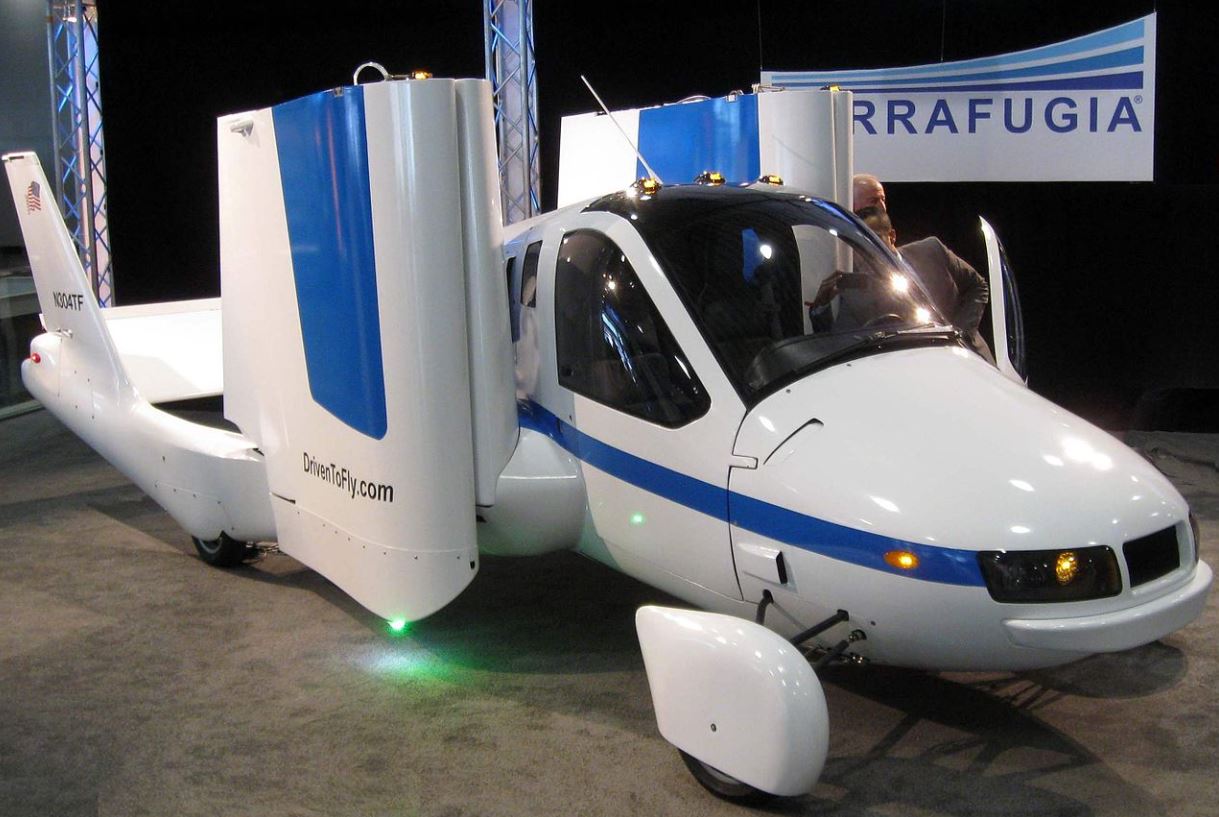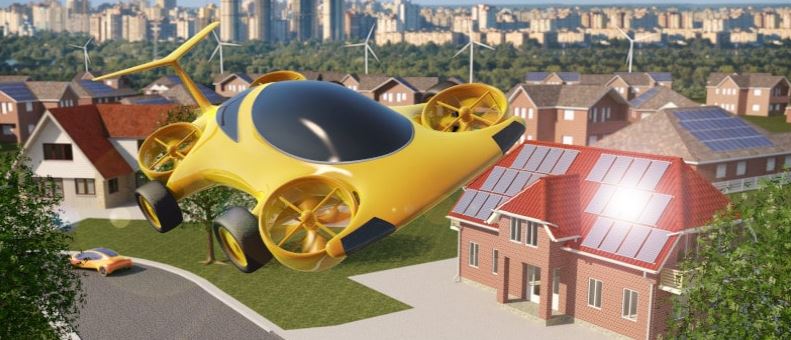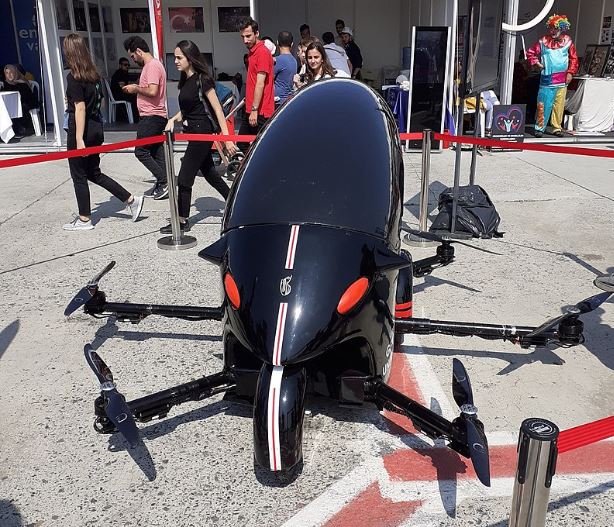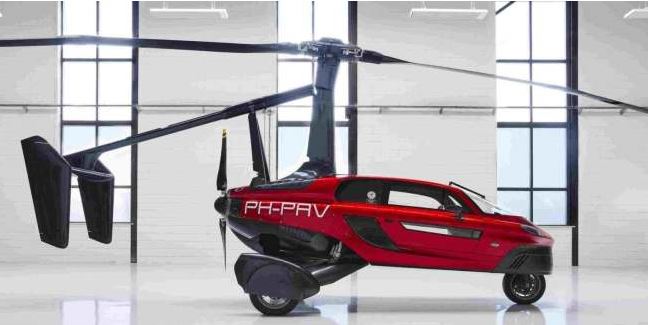There’s no doubt that flying cars look good on screen. You only have to glance at classic sci-fi films like Blade Runner or The Fifth Element to see optimistic visions of how we might one day use them. Unfortunately, when it comes to actually building flying cars, that’s when we have to bring our imagination crashing back down to reality (if you’ll forgive that particular idiom).

The truth is that technology for flying cars has actually existed for decades – as have some prototypes – but right now, there are still major obstacles. Scrap Car Network has detailed some of the key legal, logistical and cultural barriers to their widespread manufacture, but there are plenty of technical limitations too; ones that are particularly difficult for designers to build their way around. Here are some of the biggest.
Their power sources
Though there will obviously be considerable differences between the designs of individual flying cars, they’re similar to their ground-based counterparts in that they’re likely to stick to the same basic structure.
The blueprint for this structure is still evolving, but it’s almost certain that the majority will use rotor blades rather than wings. They also won’t use fuel, but instead be electrically powered, using lithium batteries.
The main issue with that at the moment is the amount of available power we can squeeze out of current versions. On average, they weigh 70 times more than fuel, and don’t have nearly the requisite power to give flying cars any consistently respectable range. Basically, we need to develop batteries with vastly higher capacities in order for flying cars to be a viable mode of transport. Short of that, they’re doomed to be nothing more than a luxurious novelty.

Their weight distribution
You don’t need to be an expert to know that the aviation and automotive industries have vastly different requirements, and designers of flying cars have the unenviable task of walking a tightrope between the two. Just to complicate things, the regulations for cars and aviation vehicles aren’t always directly compatible.
Flying cars need to have a system powerful enough generate enough power for their drivetrain, as well as their rotor blades. However, they also need to stay light and nimble enough to have any hope of successfully manoeuvring in the air. That means it’s all too easy to end up building a car that’s too light to be safe to drive on the ground, or too heavy to safely take to the skies. Neither will be acceptable for consumers.

Their controls and communications
There’s a reason modern aerospace vehicles don’t have steering wheels – it’s the same reason why cars don’t have joysticks. In other words, flying cars built for human pilots will have to have separate controls for driving and flying.
The challenge for designers is: how can you feasibly pack all that into a single cabin, and what failsafe measures can be installed to prevent features from being accidentally activated? Then there’s the matter of how the pilot/driver will communicate with other vehicles. Will there be any form of ‘air traffic control’ for flying cars, and how can the pilot notify those on the ground of when they’re coming in to land?
One overarching solution for all this has already been proposed. Self-driving cars are already a reality, so it’s not outside the realms of possibility that we’ll have flying cars controlled by AI too. Now, this eliminates human pilot error.
However, we’ve all known our fair share of computer glitches, and the automotive industry is all too familiar with some particularly dangerous ones. (By some accounts, Toyota’s electronic throttle control system was vulnerable to a bug that could cause ‘unintended acceleration’, which is definitely a euphemistic term.)
It goes to show that where software is concerned, even the tiniest of bugs can end up having huge and potentially devastating consequences. So how can designers create foolproof software? It’s easy to forget that AI pilots come with their own vulnerabilities that humans don’t share, as they’re potential targets for cyberattacks. In fact, you may be noticing a common theme in a lot of these design challenges…

The core issue of safety
Essentially, the manufacturers of flying cars need to pack as many failsafes as they possibly can into each and every vehicle. Modern planes have a huge array of backup systems and redundancies, and they’ve got one more huge advantage; they can glide.
Even if both their engines fail (which is almost unspeakably rare), their forward momentum and continual the passage of air over the wings means that they can gradually exchange their altitude for even more distance, giving the pilot some time to find a place to land.
Since most flying cars will probably have rotors, they may not have that luxury. Much like helicopters, when they start to fall, they’ll probably rarely recover. Not only do designers have to account for the safety of the occupants in such a disastrous scenario, but also the safety of everyone (and everything) on the ground.

A consumer drone dropping from the air might hospitalise someone. A flying car doing the same thing could easily kill multiple people, as well as causing hundreds of thousands in property damage. One Chinese company has attempted to mitigate for this scenario by suggesting every flying car is equipped with a parachute. It’s fair to say that there are still plenty of sceptics voicing their concerns to this idea, though.
Objections have centred on the potential for high winds to affect the descent of the car, as well as the difficulty or inability to steer the vehicle away from any people, vehicles or buildings below.
At first glance, it seems like none of these issues have easy solutions. But then again, the same could be said about plenty of humanity’s incredible achievements in the past few centuries, including the very first plane, as well as the first manned spaceflights.
Possibly, one of the issues we’ve outlined above will prove the crucial barrier to the widespread release of flying consumer cars. Or perhaps human ingenuity will prevail, much as we did during the Space Race and the pioneer era of aviation. Where flying cars are concerned, the sky really is the limit.
___________________________________________________________________
Interesting related articles:

